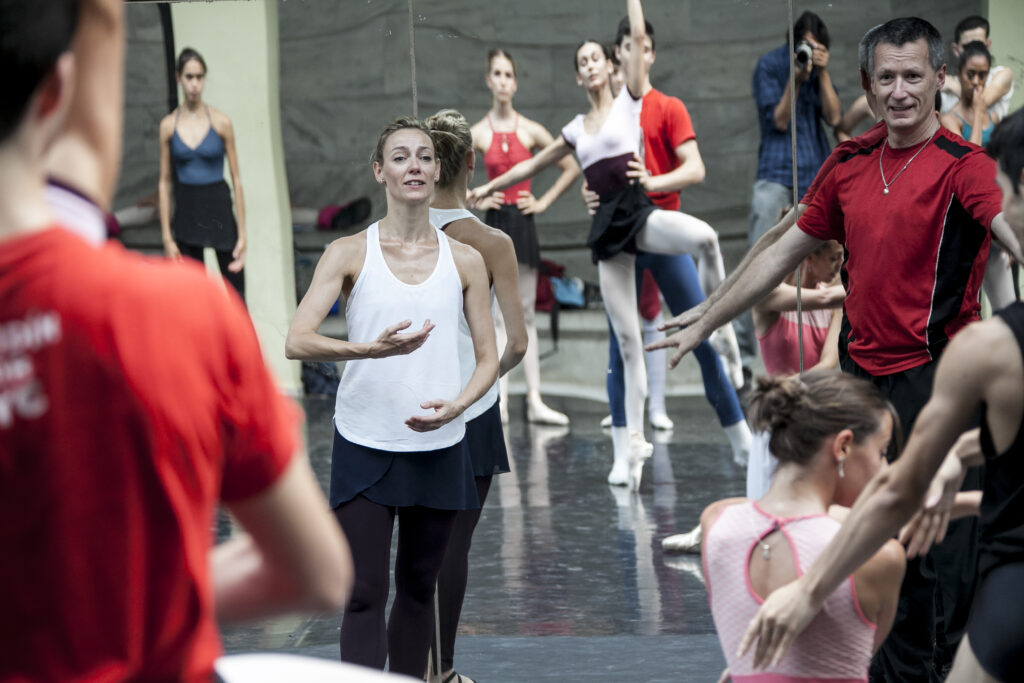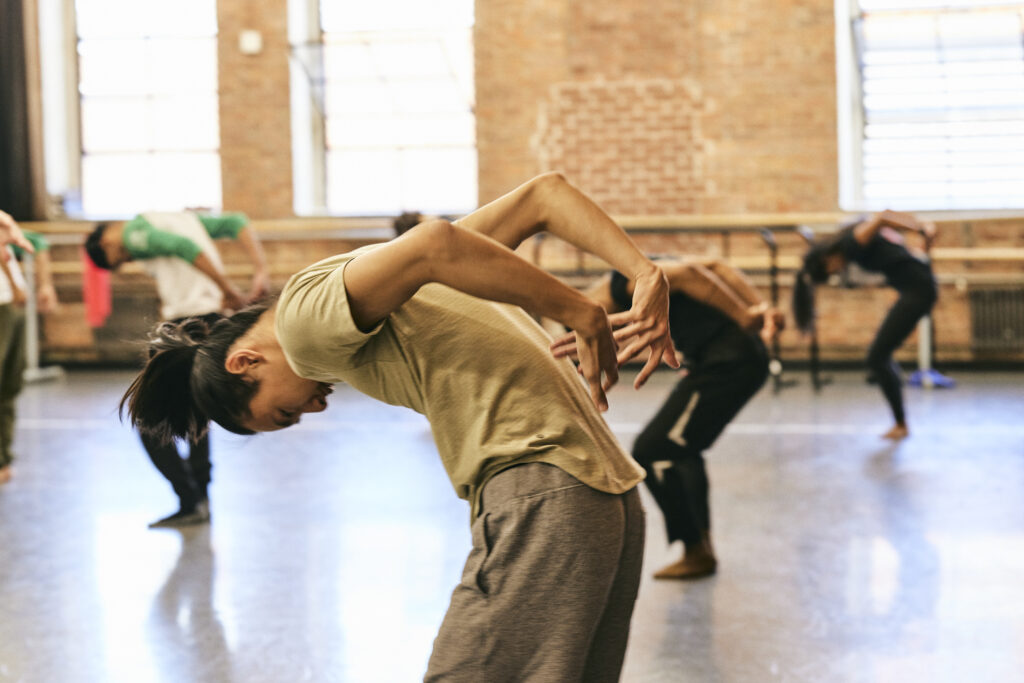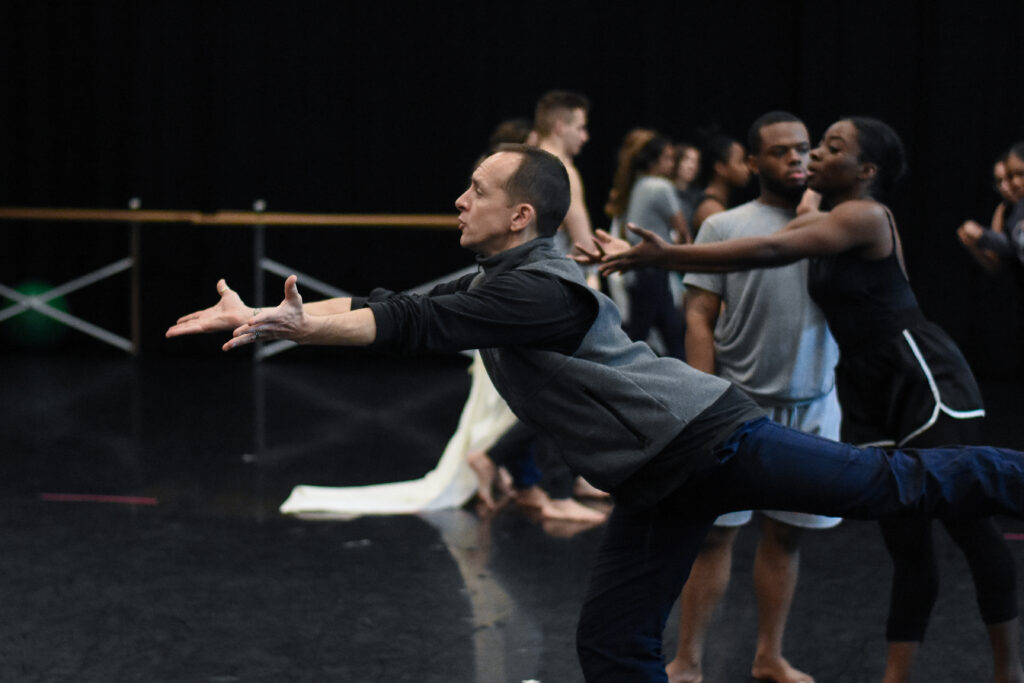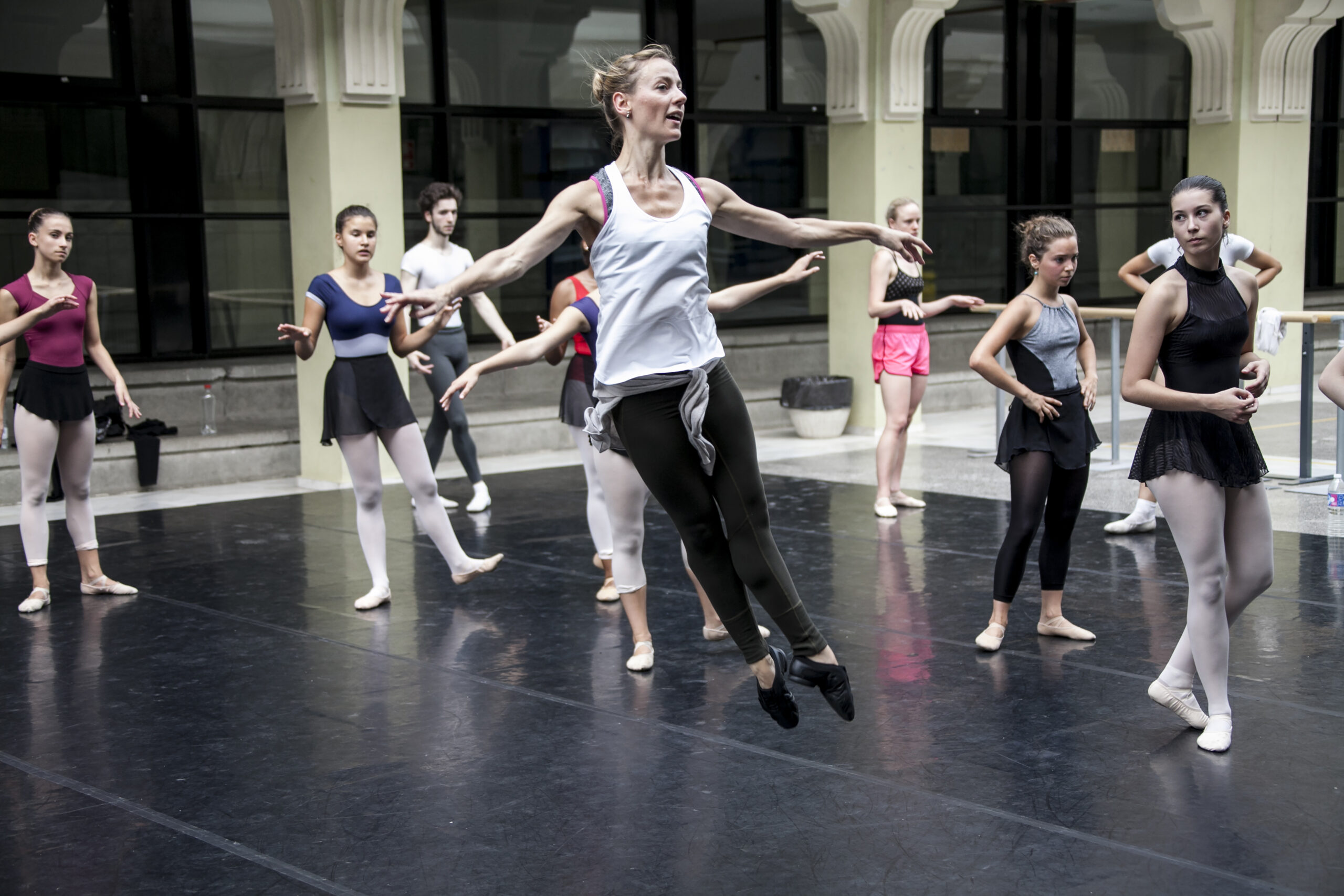4 Secrets to Creating the Illusion of Weightlessness
Whether it’s a split second of suspension at the top of a jump or an unexpectedly weightless transition, some dancers appear as though they’re dancing on air. Understanding the dynamics of buoyancy can unlock a world of artistic possibilities, transforming everyday steps into poetry.
Just Breathe
A focus on breath can help develop this coveted ability to float seemingly effortlessly, says Helen Crawford, former first soloist and current répétiteur with The Royal Ballet: “As soon as you’re starting your day, set your technique and your basis to actually breathe into the movements.” Crawford adds that taking Pilates, yoga, or Gyrotonic can also help establish an understanding of the way breath can guide the body through movement.
Dante Puleio, artistic director of the Limón Dance Company, recommends exploring different ways to incorporate inhalation and exhalation into individual movements. By cultivating this awareness, dancers can unlock an understanding of how breath can help create opposition between suspension and a more weighted movement quality. “Go through some of what you do in your practice and how you incorporate breath through that—when you’re breathing in and when you’re breathing out—and how that responds to your movement,” he says.
While buoyancy requires strength, understanding the power of breath in performance can be transformative. “It’s not just finding stamina in the steps in a certain role,” says Crawford. “It’s knowing the places that you can rest, and the places that you can breathe.”

Dynamic Musicality
Aligning steps dynamically with the music can also contribute to an appearance of increased elevation. Crawford illustrates this concept with the example of a leap: If you jump before the music, your landing will appear to be heavier. To create a visual that is both lighter and more explosive, she recommends timing the jump so your arms and head reach their peak in conjunction with the musical climax. “It’s about being clever and playing with music and breath in a way to make your jump look even bigger,” she says.
This concept of timing and musicality extends beyond jumping, says Crawford, who notes that something as simple as taking an extra moment to inhale just as the music soars can also offer a sense of ethereal lightness. “When Giselle does a really slow rise and her arms drift up, if her breath was already there, she’d run out of music and time—she’d be there too soon,” she explains.

Moving With Momentum
Connecting with gravity—and using it to your advantage—is another way to harness seemingly weightless movements. Puleio says Carla Maxwell, the former artistic director of the Limón Dance Company, first helped him discover how momentum can translate to lightness. Maxwell would encourage the dancers to bounce, while holding the sides of their pants for extra lift. “You’d get that feeling and remember the essence of the floating pelvis,” Puleio remembers. “And then she’d say, ‘Now go through that phrase thinking about the lightness and the heaviness of the pelvis.’ ”
For Puleio, who spent his first few years as a dancer focusing on the more anatomical and technical aspects of technique, the introduction to Limón’s signature use of momentum was a pivotal moment in his artistic development. “I realized it’s not just the steps, it’s how you move through the steps—that’s where you can express yourself as an artist,” he explains.

Managing Nerves
The shallow breathing and racing heart that accompany onstage jitters can hinder your ability to create a mesmerizing, weightless look onstage. “If a dancer is nervous, they’ll tend to rush ahead of the music,” says Crawford, “because the breath is shorter and because you’ve got this nervous tension in the body.” She recommends taking extra time whenever possible to learn and rehearse the steps, so that the movement becomes second-nature. Pre-performance calming techniques, like meditation and deep breathing, can help backstage. Once onstage, take a deep breath, let go of those nerves, and get ready to soar with the power of breath and musicality.





